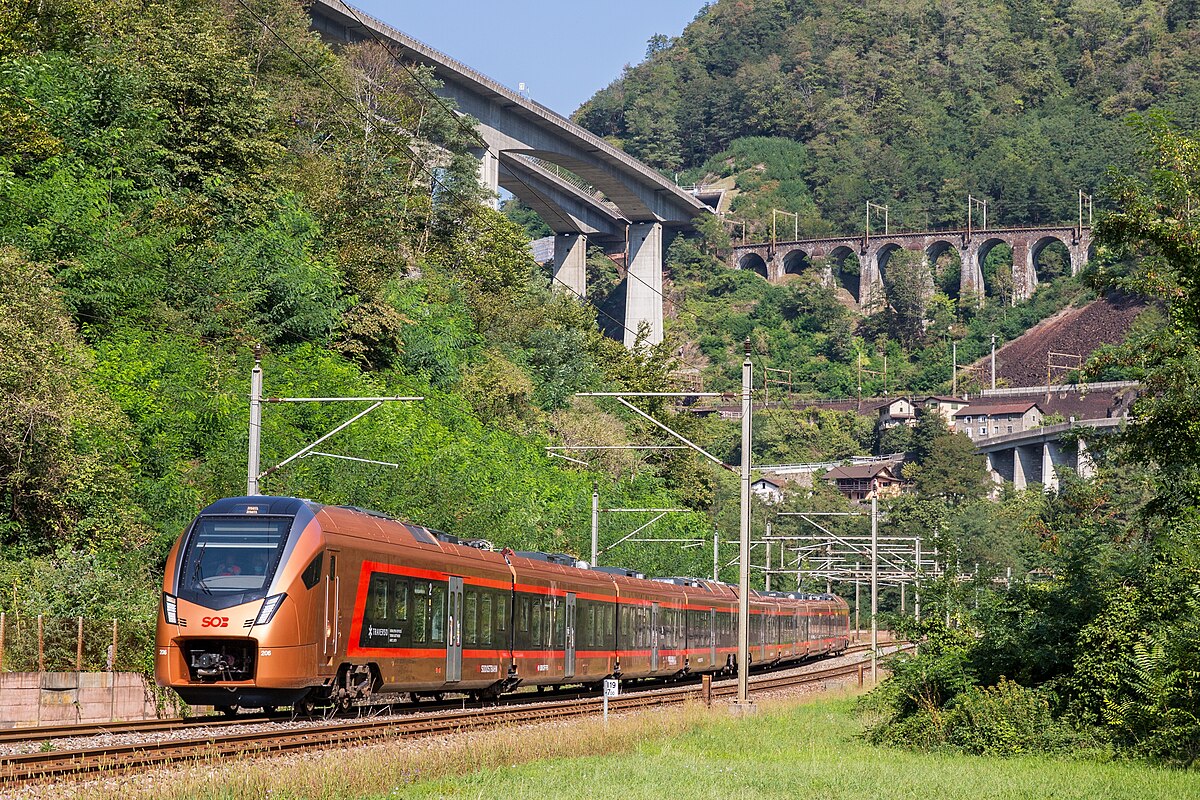Here is another interesting fact about rail gauge. The railroads do rail spreading in the curves. That is to accommodate the tapered wheel design as the flange of the wheel contacts the outboard rail of the curve due to the tapered wheel design. This allows for differential movement of the solid axle design. If I remember correctly it is like 3MM per degree of curve. Another thing this helps with is on a 3 axle design truck, and or C type truck. The end axles, 1 and 3, on a C truck lets say have .75" lateral clearance. The middle axle, 2, on this same C truck will have like 1.5". This is necessary for curving so that truck axles do not run out of lateral clearance in a curve and try to derail the truck/ locomotive due to no lateral clearance. There are B B - B B design locomotives , B trucks are 2 axle design, that incorporate span bolsters on each end. This allows an 8 axle locomotive to curve without derailing. One locomotive builder had a 4 axle design rigid truck/ 8 axle locomotive that spent more time on the ground that on the rail. I think these locomotives were used in Brazil.

